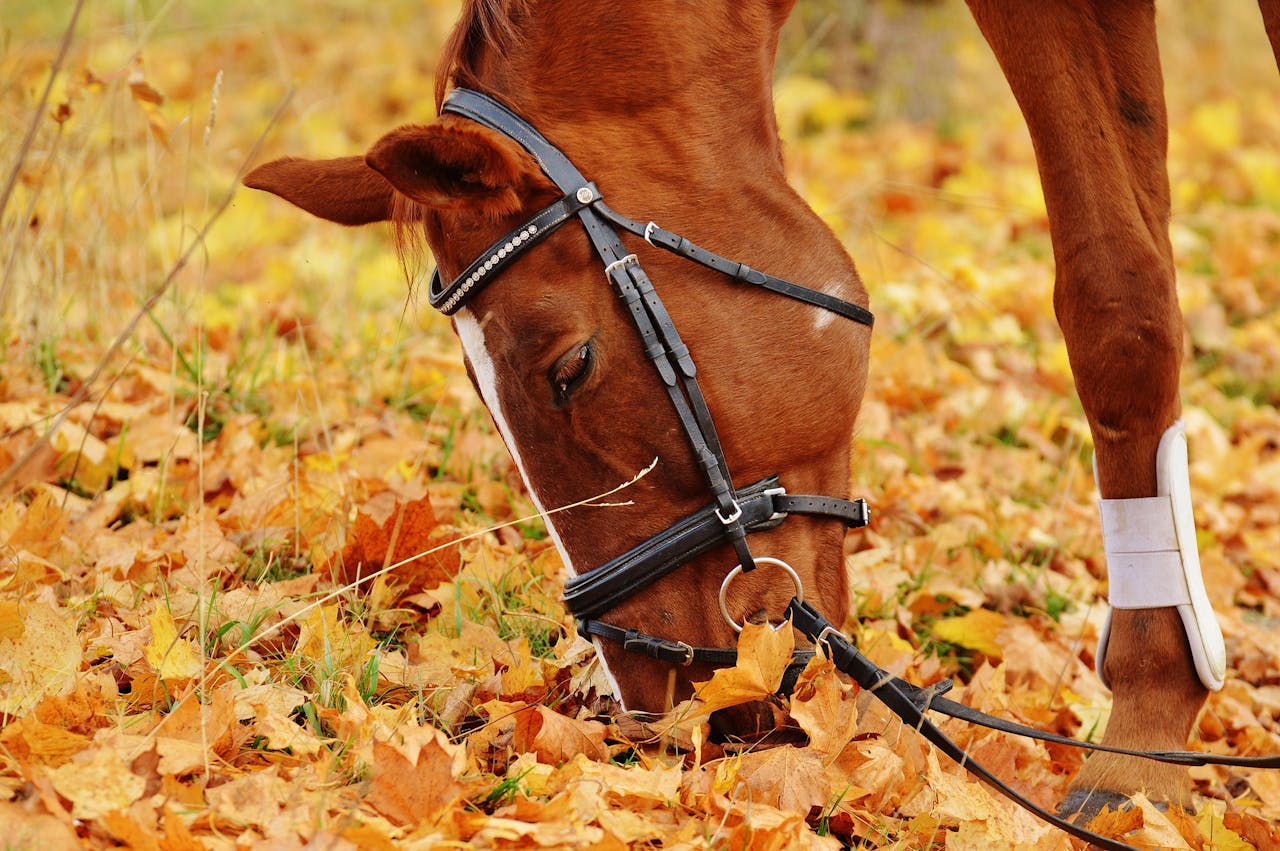
A Comprehensive Deworming Plan for Your Horses: What You Need to Know
Sep 12, 2024
Maintaining your horse's health requires a well-planned deworming approach. Unchecked worms and parasites can cause serious health issues, from weight loss to colic and even death in severe cases.
Understanding common horse parasites, available deworming agents, and proper precautions is crucial for effective parasite control.
Common Worms and Parasites in Horses
Horses are vulnerable to various parasites, each with its unique lifecycle and health impact. The most common include:
- Strongyles (Bloodworms)
These are among the most harmful parasites for horses. Large strongyles cause blood clots and tissue damage, while small strongyles can encyst in the intestinal wall, leading to colic or diarrhea.
- Ascarids (Roundworms)
Primarily affecting younger horses, ascarids can cause intestinal blockages and respiratory issues. These worms can grow large in the digestive tract, potentially causing severe health problems if left untreated.
- Tapeworms
Tapeworms attach to the horse's intestines, potentially causing colic, weight loss, and digestive disturbances.
They're often harder to detect in fecal tests, making routine deworming essential.
- Pinworms
Though less harmful than other worms, pinworms cause irritation, particularly around the tail area.
Affected horses may rub their tails excessively, leading to hair loss and skin irritation.
- Bots
Bots are fly larvae that attach to the horse's stomach lining, not technically worms. They can cause irritation and ulcers, affecting digestion.
- Threadworms
Common in foals, threadworms can cause diarrhea and weakness. They often pass from mares to foals through milk.
Anti-Parasite Classes and Deworming Medications
Horse deworming medications fall into several classes, each targeting specific parasites. Rotating these classes and tailoring deworming plans based on fecal egg counts (FECs) helps prevent resistance:
- Benzimidazoles
Examples: Fenbendazole, Oxibendazole
Effective against large and small strongyles, ascarids, and pinworms. However, resistance is becoming more common in some parasite populations.
- Pyrantel
Examples: Pyrantel Pamoate, Pyrantel Tartrate
This class targets strongyles, ascarids, and pinworms. Some formulations are effective against tapeworms when given at a double dose.
- Macrocyclic Lactones
Examples: Ivermectin, Moxidectin
Effective against a wide range of parasites, including bots, strongyles, and ascarids. Moxidectin also targets encysted small strongyles.
- Praziquantel
This drug is specifically used for tapeworm control and is often combined with macrocyclic lactones for broader coverage.
Developing a Deworming Plan
A tailored deworming plan is crucial for effectively managing parasites and avoiding resistance. Here's a guide to building a comprehensive plan:
- Fecal Egg Counts (FECs)
Base your deworming strategy on FECs. They help determine which horses need treatment and identify present worm types.
Not every horse requires frequent deworming—some naturally carry lower worm burdens.
- Risk-Based Deworming
Younger horses (under three years old), older horses, and those in high-density environments may need more frequent deworming. Healthy adult horses can often go longer between treatments, especially when managed with pasture rotation and proper hygiene.
- Seasonal Deworming
Parasite activity varies seasonally. For instance, treat for bots in the fall with Ivermectin or Moxidectin, as bot flies lay eggs during summer. Spring and fall are also prime times for targeting strongyles and tapeworms.
- Rotate Dewormers
Avoid overusing a single class of dewormers to prevent resistance. Instead, rotate through different classes based on FEC results and prevalent parasites in your area. Using the same dewormer repeatedly increases the risk of parasites developing resistance.
Precautions and Best Practices
When deworming, prioritize safety and effectiveness. Follow these precautions:
- Follow Dosing Guidelines
Always administer the correct dose based on your horse's weight. Underdosing can lead to ineffective treatment and contribute to resistance, while overdosing can harm your horse.
- Rotate Pastures
Rotate pastures or use cross-grazing with other livestock like cattle or sheep to help reduce parasite loads. This practice limits horses' exposure to contaminated pasture.
- Maintain Clean Environments
Regularly remove manure from pastures to reduce the chance of reinfection. Keep barns, stalls, and turnout areas clean to minimize parasite spread.
- Monitor for Side Effects
After deworming, watch your horse for signs of colic, diarrhea, or unusual behavior. Some horses may react negatively to certain dewormers, especially if they have a high worm burden, which can cause a large die-off and subsequent inflammation.
Conclusion
A well-designed deworming plan is essential for maintaining your horse's health and preventing serious parasite-related illnesses.
By identifying common worms and parasites in your area, rotating dewormers, and using fecal egg counts to guide treatment, you can create a safe and effective deworming strategy.
Combined with proper pasture management and hygiene practices, regular deworming keeps your horse in peak condition while reducing the risk of parasite resistance.